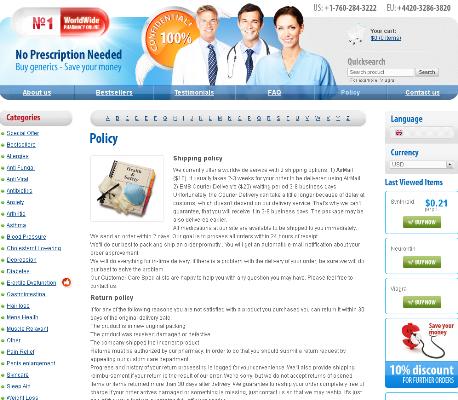Elavil and Anxiety: Potential Benefits Explained
What Is Elavil and How Does It Work?
Elavil, also known by its generic name amitriptyline, is a medication originally developed as an antidepressant. Its unique ability to balance certain neurotransmitters, like serotonin and norepinephrine, has made it valuable for other conditions as well. By blocking the reuptake of these brain chemicals, Elavil helps maintain a steadier mood and reduced nerve sensitivity.
This action can positively impact people dealing with various mood disorders. Today, doctors sometimes prescribe Elavil for anxiety, as well as for chronic pain, migraines, and insomnia.
| Generic Name | Medication Class | Primary Uses |
|---|---|---|
| Amitriptyline | Tricyclic Antidepressant | Depression, Anxiety, Chronic Pain, Insomnia, Migraines |
The Connection between Elavil and Anxiety Relief

For many patients, the journey to managing anxiety involves exploring multiple treatment options. Elavil, though initially developed as an antidepressant, has shown notable promise for those seeking relief from persistent anxious thoughts and feelings. Its unique approach lies in how it impacts key neurotransmitters in the brain, particularly serotonin and norepinephrine. By balancing these chemicals, elavil can help lower the intensity and frequency of anxiety symptoms.
Individuals often discover that, over time, their mood stabilizes and their sense of overwhelm diminishes. The calming effect that elavil provides does not act overnight but gradually unfolds with consistent use. Many users find that this steady support plays a crucial role in helping them regain a sense of control over their daily lives. With proper medical guidance, elavil may become a valuable ally in the fight against anxiety.
Key Benefits of Elavil for Anxiety Sufferers
For many people struggling with persistent anxiety, elavil offers more than just symptom management. Its unique ability to balance neurotransmitters in the brain can promote a sense of calm, helping to ease racing thoughts and tension. By restoring this chemical balance, elavil tackles anxiety at its source rather than simply masking surface symptoms.
Patients often find themselves sleeping better and feeling more emotionally stable after starting elavil, which can further support overall well-being. The improvement in mood and daily functioning empowers individuals to engage more fully with life’s demands.
Another advantage is the potential long-term relief, especially for those who haven’t responded well to other treatments.
Common Side Effects and What to Expect

When starting elavil, many individuals notice changes within the first few days. Some people experience drowsiness or a dry mouth, which can be uncomfortable but often fades as the body adjusts. Lightheadedness upon standing and mild weight gain are other possibilities, reminding users to stay aware of how elavil interacts with their daily routines.
Digestive changes, such as constipation or nausea, might occur, though these effects are usually mild and manageable with simple lifestyle adjustments. Others report increased appetite, prompting attention to diet and nutrition while on elavil.
It's important to remember that everyone reacts differently; some feel side effects subside over time, while a few may need to discuss concerns with their healthcare provider. Monitoring your response as you begin elavil can make managing its impact easier and support a smoother treatment experience.
Elavil Vs. Other Anxiety Medications Compared
When comparing anxiety treatments, Elavil stands out due to its unique profile as a tricyclic antidepressant. Unlike modern SSRIs, which mainly target serotonin, Elavil works on both serotonin and norepinephrine, potentially offering broader symptom relief for some individuals. This dual-action mechanism can be especially beneficial when anxiety accompanies physical symptoms like chronic pain or sleep disturbances.
However, Elavil also comes with an increased risk of side effects compared to newer medications, which can influence a doctor’s recommendation. It may be chosen when other treatments have not provided satisfactory results, or when a patient’s anxiety is linked to other mental health concerns.
| Medication | Class | Main Advantage | Common Side Effects |
|---|---|---|---|
| Elavil | Tricyclic Antidepressant | Dual-action relief | Drowsiness, dry mouth |
| Prozac | SSRI | Well-tolerated | Nausea, insomnia |
| Xanax | Benzodiazepine | Rapid effect | Dependence, sedation |
Tips for Safe and Effective Elavil Use
Starting Elavil can feel overwhelming, but a strong partnership with your healthcare provider is key. Always follow prescribed dosages and avoid making sudden changes without consulting your doctor. Monitor your response to the medication, and keep a journal to track any changes in moods or side effects for accurate communication.
Remember, consistency is essential for Elavil to be effective. Take it at the same time daily and avoid missed doses when possible. Open dialogue about concerns or side effects ensures your treatment stays both safe and beneficial.
<

